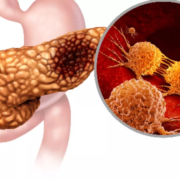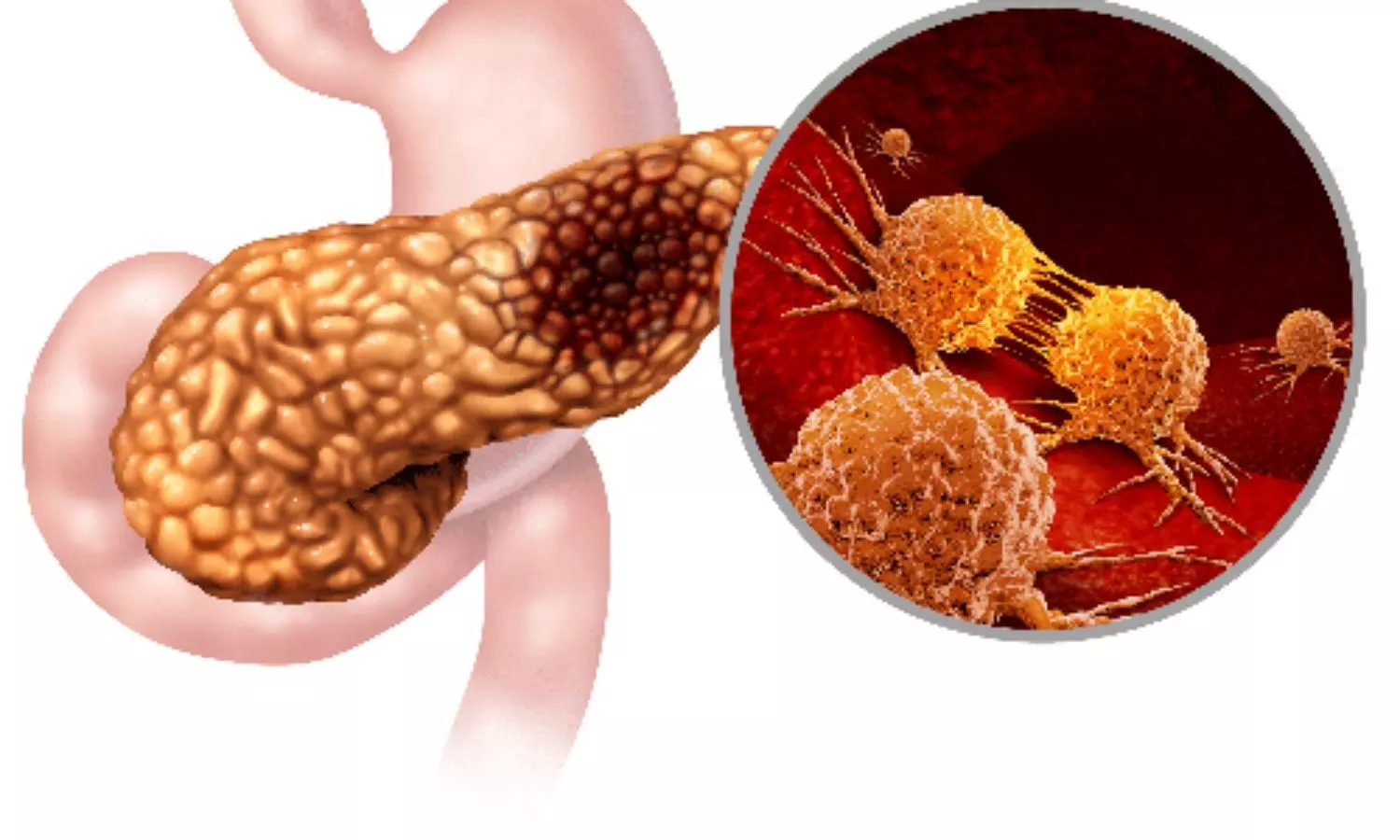The study, published in The Lancet, found that early intensive glycaemic control with insulin, sulfonylurea, or metformin appears to confer a near-lifelong reduced myocardial infarction and death risk compared with conventional glycaemic control. It showed the importance of achieving near normoglycaemia immediately following diagnosis to minimize the lifetime risk of diabetes-related complications to the greatest extent possible.
The 20-year UK Prospective Diabetes Study revealed major clinical benefits for people with newly diagnosed T2D randomly allocated to intensive glycaemic control with sulfonylurea or metformin therapy or insulin therapy, compared with conventional glycaemic control. 10-year post-trial follow-up identified enduring and emerging glycaemic and metformin legacy treatment effects. Prof Amanda I Adler, Diabetes Trials Unit, Radcliffe Department of Medicine, University of Oxford, Oxford, UK, and colleagues aimed to determine whether these effects would wane by extending follow-up for another 14 years.
5102 patients enrolled between 1977 and 1991, of whom 4209 were originally randomly allocated to receive either intensive glycaemic control (insulin or sulfonylurea, or if overweight, metformin) or conventional glycaemic control (primarily diet). At the end of the 20-year interventional trial, 3277 surviving participants entered a 10-year post-trial monitoring period. Eligible participants for the study were all surviving participants at the end of the 10-year post-trial monitoring period.
The researchers performed an extended follow-up of these participants by linking them to their routinely collected National Health Service (NHS) data for another 14 years. Clinical outcomes were derived from hospital admissions, records of deaths, emergency unit and accident attendances, and outpatient visits.
Seven prespecified aggregate clinical outcomes (i.e, diabetes-related death, any diabetes-related endpoint, myocardial infarction, death from any cause, peripheral vascular disease, stroke, and microvascular disease) were examined by the randomized glycaemic control strategy on an intention-to-treat basis using Kaplan–Meier time-to-event and log-rank analyses.
The following were the key findings of the study:
· 1489 of 1525 participants could be linked to routinely collected NHS administrative data between 2007 and 2021. Their mean age at baseline was 50·2 years, and 41·3% were female. The mean age of those still alive as of Sept 30, 2021, was 79·9 years. Individual follow-up from baseline ranged from 0 to 42 years, with a median of 17·5 years. Overall follow-up increased by 21%, from 66 972 to 80 724 person-years.
· For up to 24 years after the trial ends, the glycaemic and metformin legacy effects showed no sign of waning.
· Early intensive glycaemic control with sulfonylurea or insulin therapy, compared with conventional glycaemic control, showed overall relative risk reductions of 10% for death from any cause, 17% for myocardial infarction, and 26% for microvascular disease.
· Corresponding absolute risk reductions were 2·7%, 3·3%, and 3·5%, respectively.
· Early intensive glycaemic control with metformin therapy, compared with conventional glycaemic control, showed overall relative risk reductions of 20% for death from any cause and 31% for myocardial infarction.
· Corresponding absolute risk reductions were 4·9% and 6·2%, respectively.
· No significant risk reductions during or after the trial for stroke or peripheral vascular disease were observed for both intensive glycaemic control groups, and there was no significant risk reduction for microvascular disease for metformin therapy.
In conclusion, the extended post-trial monitoring of UKPDS 91 underscores the enduring benefits of intensive glycaemic control in type 2 diabetes management. These findings underscore the importance of early intervention and sustained adherence to glucose-lowering measures in mitigating the long-term risks associated with diabetes.
Reference:
Adler AI et al. Post-trial monitoring of a randomised controlled trial of intensive glycaemic control in type 2 diabetes extended from 10 years to 24 years (UKPDS 91). Lancet 2024 May 17; [e-pub]. (https://doi.org/10.1016/S0140-6736(24)00537-3)




















